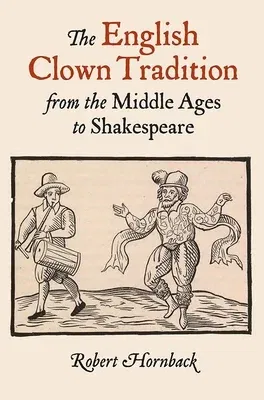Robert Hornback
(Author)The English Clown Tradition from the Middle Ages to ShakespearePaperback, 18 July 2013

Qty
1
Turbo
Ships in 2 - 3 days
In Stock
Free Delivery
Cash on Delivery
15 Days
Free Returns
Secure Checkout

Part of Series
Studies in Renaissance Literature
Print Length
256 pages
Language
English
Publisher
Boydell & Brewer
Date Published
18 Jul 2013
ISBN-10
1843843560
ISBN-13
9781843843566
Description
Product Details
Author:
Book Format:
Paperback
Country of Origin:
GB
Date Published:
18 July 2013
Dimensions:
23.39 x
15.6 x
1.37 cm
ISBN-10:
1843843560
ISBN-13:
9781843843566
Language:
English
Location:
Woodbridge
Pages:
256
Publisher:
Weight:
367.41 gm